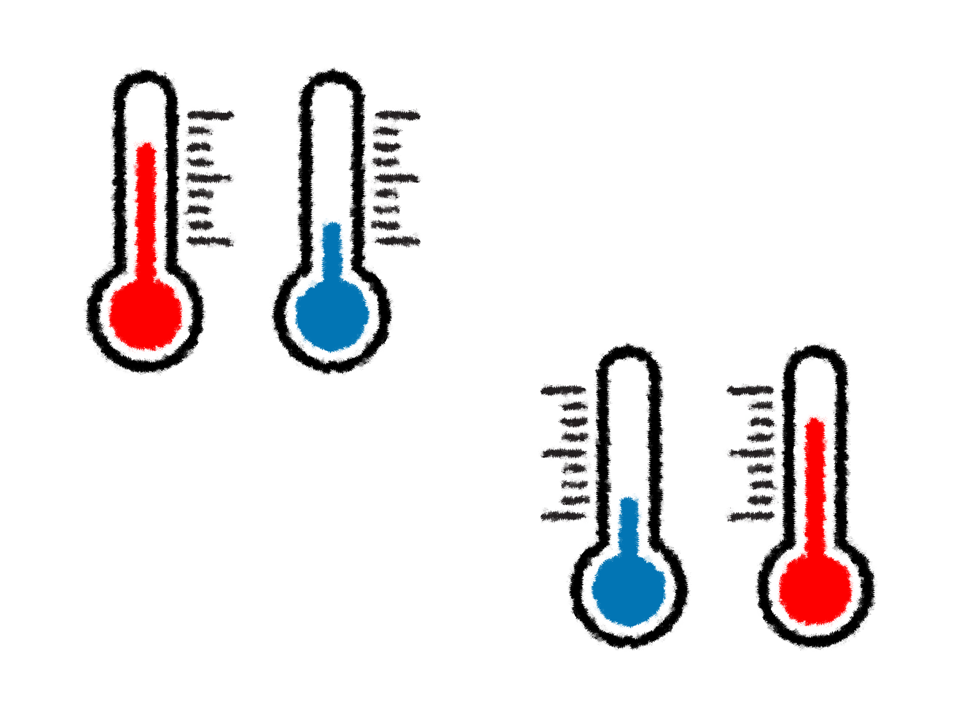Pick Up
1247. Rapid Temperature Flips and Climate Change

1247. Rapid Temperature Flips and Climate Change
Rapid temperature flips are sudden changes in temperature from extremely hot to cold or vice versa. A notable example of a warm-to-cold reversal is the March 2012 event in North America, where temperatures dropped from about 10°C above normal to 5°C below normal in less than a week, leading to early flowering of crops and subsequent damage from an unusually cold wave. In September 2020, the North American Rocky Mountains suddenly transitioned from a heatwave to a thick snowy landscape with a temperature drop of more than 20°C within a day, leading to power outages, property damage, and disruptions to daily life. In April 2021, Europe experienced a major warm-to-cold temperature reversal, causing widespread frost damage to crops. These disaster cases demonstrate the urgent need to establish a comprehensive understanding of rapid temperature reversals.
Because adaptation time to rapid temperature changes is limited, temperature changes in either direction are likely to amplify the adverse effects of independent extreme heat and cold events on social and natural systems, with implications for human and animal health, infrastructure, vegetation, and agriculture, through mechanisms that are yet to be elucidated.
The paper, published in Nature Communications, analyzed data on global temperature inversions (an abrupt change from one standard deviation above the mean to one below within five days) from 1961 to 2023. Observations were integrated with climate models to analyze long-term trends and future projected changes through the end of the 21st century under various climate change scenarios.
The analysis found that the frequency, intensity, and transition speed of temperature inversions have increased since 1961 in more than 60% of the analyzed world regions. The largest increases were observed in South America, Western Europe, Africa, South Asia, and Southeast Asia.
In high-emission scenarios, the intensity and duration of temperature inversions are projected to increase between 2071 and 2100, while the transition period between the two extremes will shorten. The paper predicts that the global population's exposure to temperature inversions could increase by more than 100%, with low-income countries seeing the largest increase in exposure to abrupt temperature inversions, reaching four to six times the global average. On the other hand, projections for low- and medium-emission scenarios suggest that measures to reduce global emissions and associated warming could limit increased exposure of the world's population.
The authors argued that adaptability to temperature inversions needs to be strengthened everywhere in the world, but especially in developing countries with large populations.
(Reference)
Sijia Wu et al, Rapid flips between warm and cold extremes in a warming world, Nature Communications (2025) https://www.nature.com/articles/s41467-025-58544-5
Contributor: IIYAMA Miyuki, Information Program
